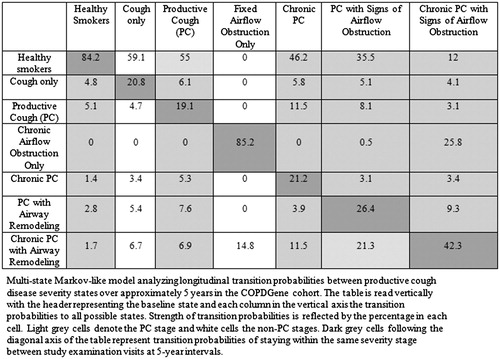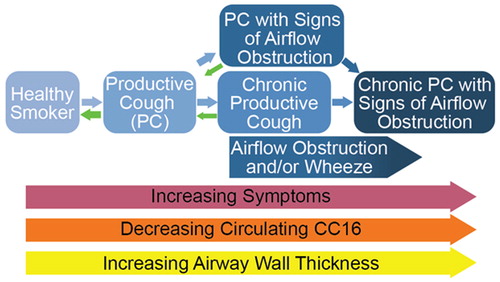Article title: “Grading Severity of Productive Cough Based on Symptoms and Airflow Obstruction”
Authors: R. Vazquez Guillamet, H. Petersen, P. Meek, A. Sood, and Y. Tesfaigzi
Journal: Journal of Chronic Obstructive Pulmonary Disease
Bibliometrics: Volume 15, Number 2, pages 206–213
DOI: 10.1080/15412555.2018.1458218
When the article was first published:
and in the main article have been mistakenly substituted for figures e1 and e2 (STROBE diagrams) from the online supplement
has been substituted for figure e3 from the online data supplement.
The correct figures can be found below:
This article is available both online and in print. The online version has been corrected.



